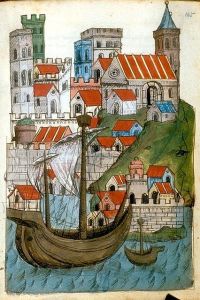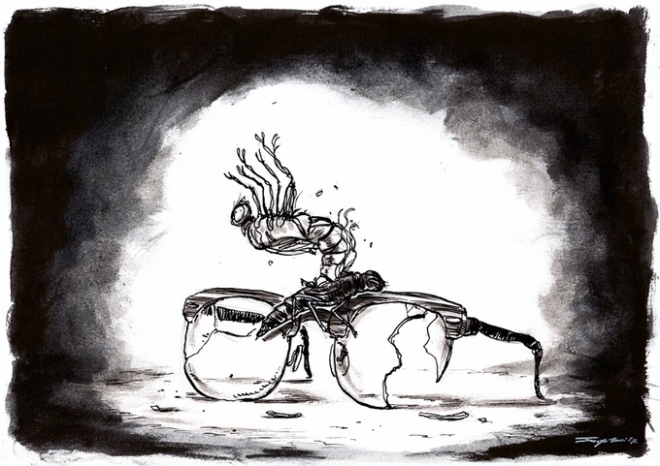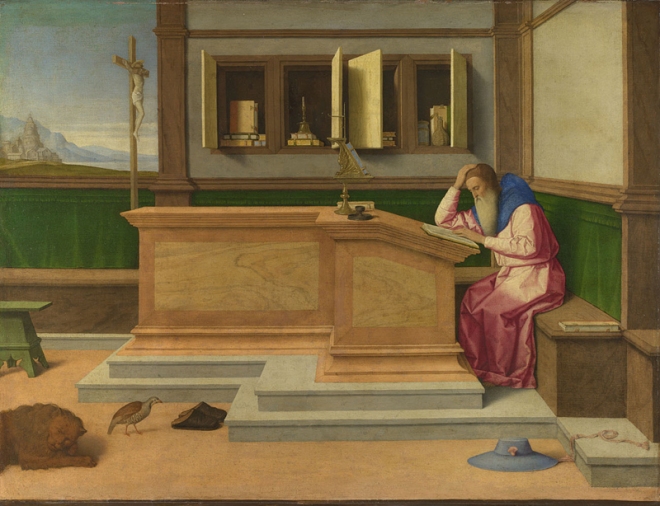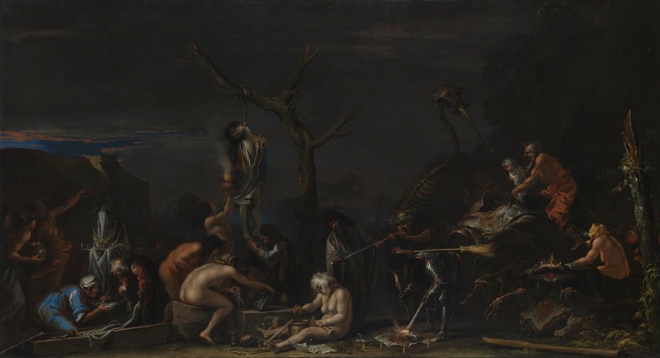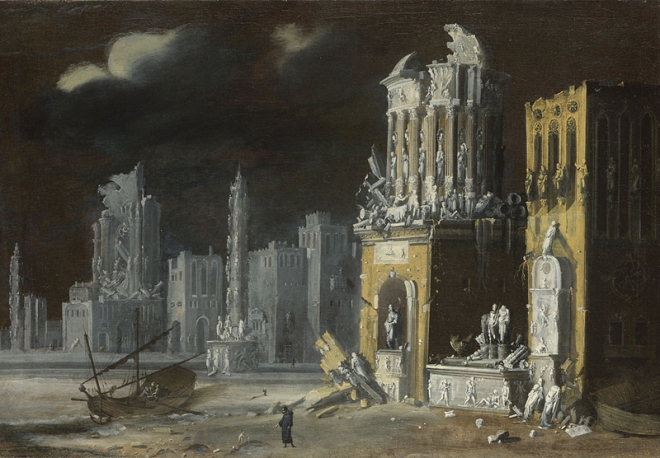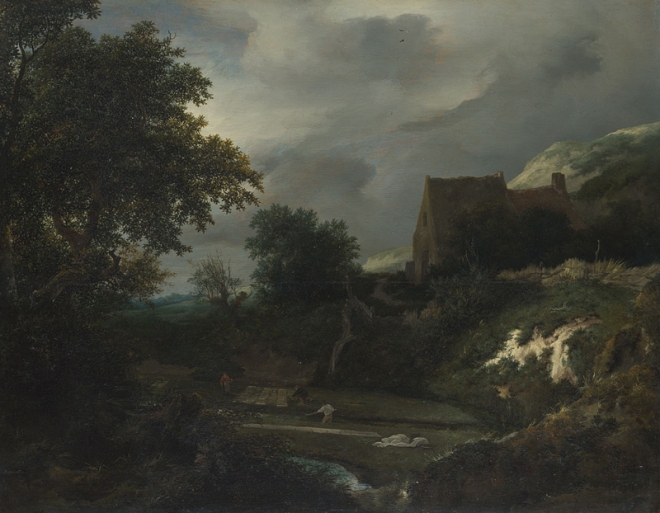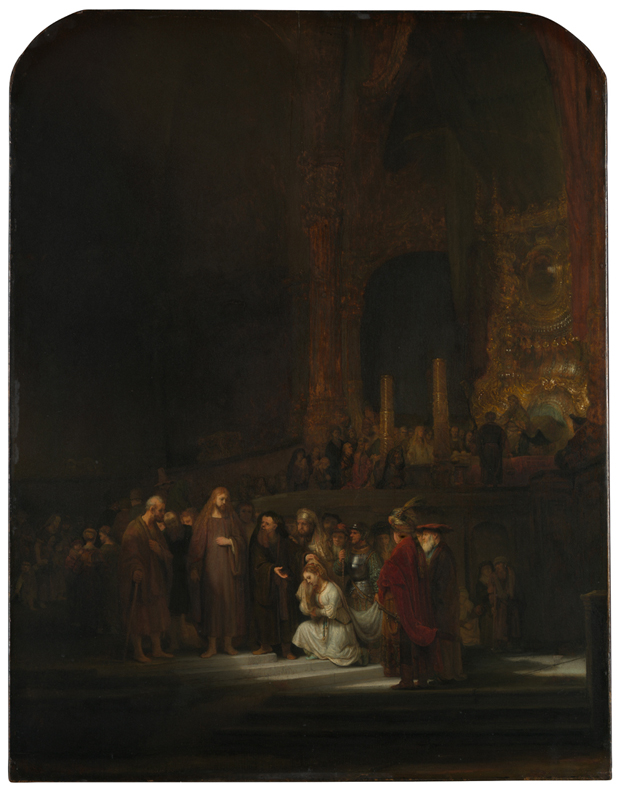This is something I’ve been doing off & on for a while, but realised it would be worth formalising the concept.
I would like to offer my services consulting on interactive & genre narratives.
“From experience, I can assure you that Sean has both a serious interest and a deep insight into game mechanics.”
— Magnus Hedén of Spiritmask RPG
Whether you’ve got an RPG adventure you’re running or a ruleset you’re writing, whether you’re writing a horror novella or a sci-fi play, I could help you eke out the greatest narrative resonance from your story.
Who is this clown?
Well, I’m not actually a clown. But I am a magician.
That means I spend a lot of time thinking about what each audience might expect and how to achieve & manipulate that.
It means I’m used to thinking about objects & the interactions between them in different ways. No-one thinks about cards like a magician does.
I’m a writer: primarily speculative fiction, like cyberpunk or noir. I like building from and subverting genre expectations. I’ve written about the similarities between roleplaying and medieval oral culture.
I’m an interactive narrative & games designer, from building silly games to modules for published systems. I’ve consulted with mindreaders about card games for oracle cards, written specialist GM advice for indie behemoths and spoken on villainy & antagonism at a monthly videogames conference.
What can I do for you?
- I can solve problems you have with interactive or static narratives.
- I can help you understand the core conflict within your narrative.
- I can highlight & clarify the emotions your game mechanics will promote.
- I can simplify & refine unwieldy systems or stories.
What do I care about?
I like players & characters to have agency – the ability to visualise & enact narrative consequence.
I like brevity & clarity.
I like people to be social & to promote their ability to tell stories.
What is my fee?
I’m taking a leaf out of the book of someone I greatly admire. My standard initial consultation fee is the price of a cup of caffeine. Buy me a coffee & we’ll talk through your needs. If you envisage needing a longer conversation, you can buy me lunch. If you’re in a different country, we can do PayPal & Skype.
From there onwards, we can arrange further services according to your needs. But for many people, that little nugget of insight will be all you’ll need.
Email me today at SEAN at BOOKSEANSMITH dot CO dot UK & we can arrange a coffee.
What are people saying about this?
“Thanks for all of your advice, and your assistance. You’ve been a huge help, and it really helped me re-structure a lot of the rules, explanations, and organization of everything. Your feedback was invaluable.”
—David Schirduan on Mythic Mortals
“I think these [ideas] are, no contest, the best feedback I could get from this project. Thanks :D” —Sangjun Park


